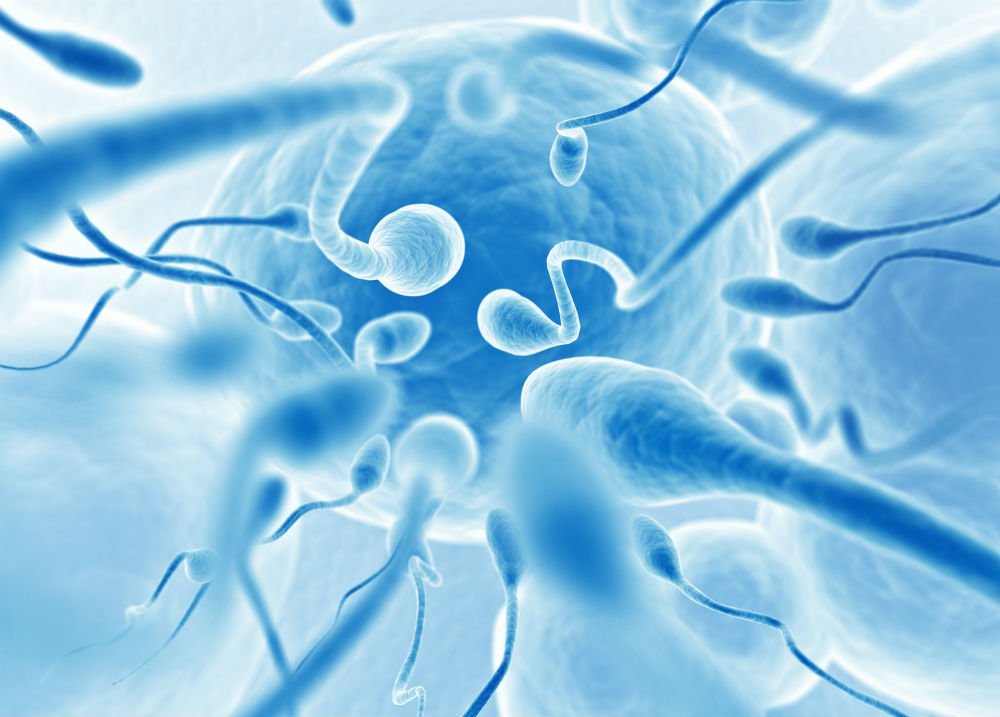
Stress-related issues can lead to various complications in the modern-day. One of the emerging medical conditions due to this is Azoospermia. Learn everything about in this blog.
The medical term Azoospermia refers to a complete absence of sperm in one’s ejaculate in comparison to 100-300 million sperms in a normal ejaculate.
It accounts for about 10% to 15% of male fertility and in humans, it affects nearly 1% of the male population. This particular condition may occur for various reasons.
It may be due to obstruction of sperm transport through the blockage in any part of a sperm’s direction of transfer from the testicle, to the outside or by sperm production deficiency that can be triggered by various hormonal or genetic defects.
Based on the cause, this condition can be classified into two categories i.e. Obstructive Azoospermia and Non- Obstructive Azoospermia.

In the first category, there is a plumbing setback that prevents the sperm from traveling out of the testes and entering the ejaculate whereas, in the second category, it is a set of disorders that causes a man to produce abnormal sperms.
Azoospermia is often asymptomatic or characterized by no obvious symptoms. Infertility is the primary symptom, marked by the inability to produce sperm in one’s ejaculation. However, depending on the underlying cause, other symptoms could be there. These include:
These symptoms must be reported to doctors, who can prescribe appropriate tests to diagnose azoospermia and determine the actual causes.
Azoospermia is usually diagnosed by a semen analysis, which is carried out on two separate samples for confirming the absence of sperm. A combination of tests and procedures are carried out for a proper diagnosis.
Physical examination of the reproductive tract and testes can help look for visible signs of varicocele, scarring and other issues. Blood tests can be done for LH and FSH, to determine the category of azoospermia and assess testicular function.
Genetic testing can help to determine the underlying cause of non-obstructive azoospermia. Genital tract imaging can be useful for diagnosing azoospermia.
Detailed medical history is also likely to be considered.
Both these conditions decrease the chances of getting pregnant and require medical treatment to overcome infertility. Various clinics, as well as medical facilities, offer several modern IVF and IUI treatments in Kolkata for these medical conditions like Vasectomy Reversal, micro TESE, Surgical Correction for Scarring, Circumcision as well as drugs or medications, feeling good within yourself.
Such problem are becoming more and more agile these days as the stress level in men’s are increasing day by day and for such situations one must follow some habits like meditation, fixed eating having, eliminating consumption of tobacco and all drinks containing alcohol.
Overall these practices will surely help to reduce azoospermia amongst most of the patients suffering from the infertility.
So have a great day.
Male fertility is closely associated with the health of sperm. A healthy sperm count and strong motility are essential for...
Meet Priyanka, a busy marketing professional. Lately, her periods have become heavy and unpredictable. Cramping disrupts her workday, and she’s...
Role of IVF in Overcoming Infertility Challenges in Endometriosis Endometriosis is an often painful disorder in which tissue similar to...
Journey towards parenthood Infertility and childlessness can be challenging journeys for couples to navigate. The emotional and physical toll of...
The "Save the Sibling" Program "Save the Sibling" program, a collaboration of Renew Healthcare, Cordlife, and HCG EKO offers hope...
What is PCOD? PCOD, also known as Polycystic Ovary Syndrome, is a common hormonal disorder that affects women of reproductive...
Intrauterine insemination aka IUI is a common fertility treatment that many couples opt for having a biological child. The experts...
Getting sperm by any means for fertility purposes is known as sperm extraction. There are several ways to get sperm,...
Embryo Glue is a recent fertility procedure that doctors use to increase the chances of a successful IVF. One of...
IVF is an expensive procedure and requires several sessions to complete the treatment. With all the physical and mental pressure,...
